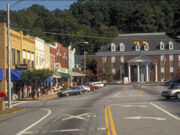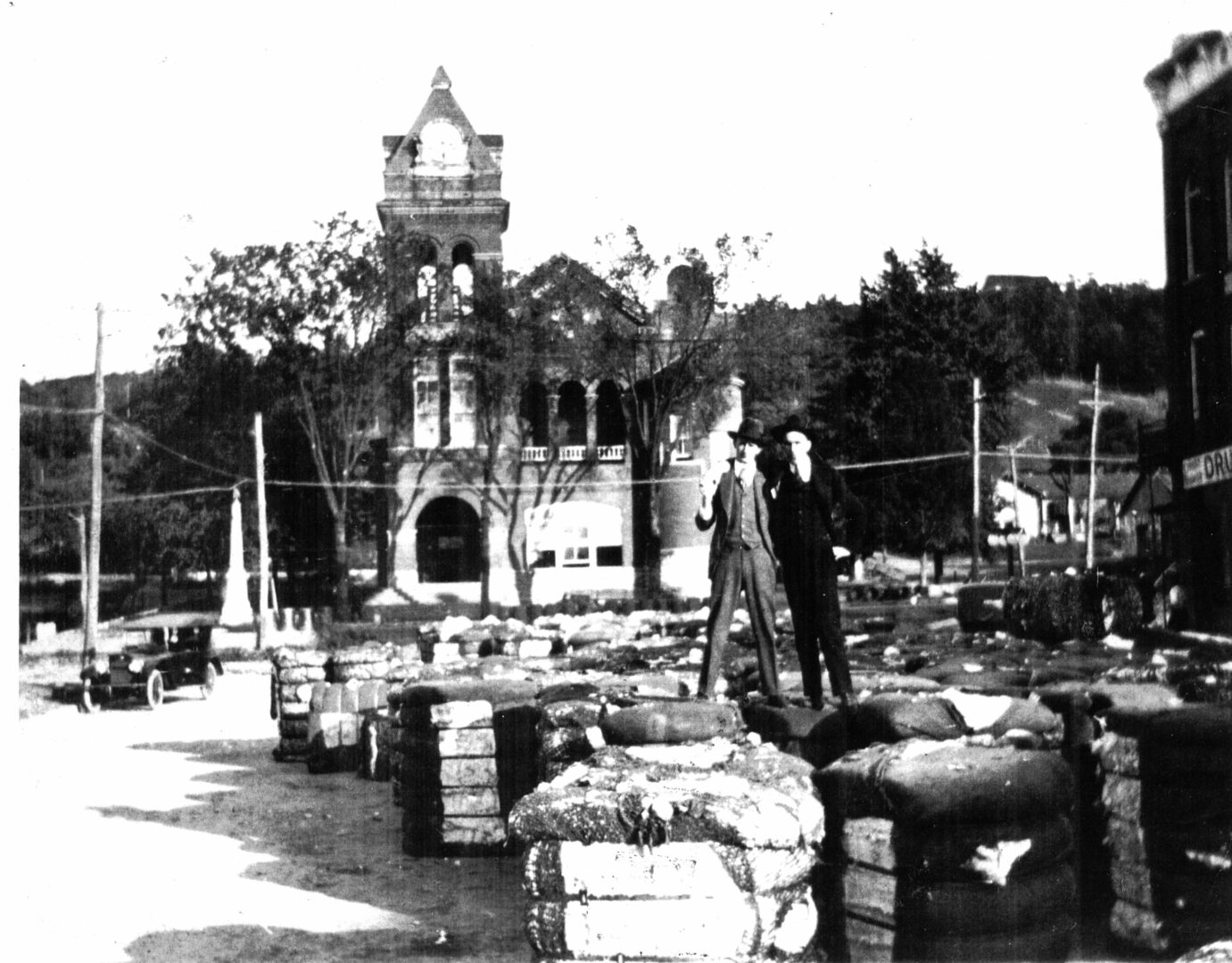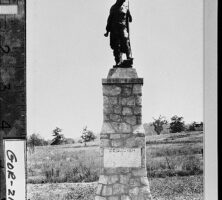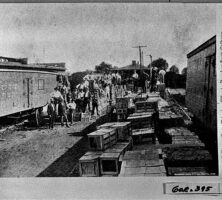Calhoun, earlier called Oothcaloga Depot and Dawsonville, lies in the valley that was the heart of the Cherokee Nation and the site of a major Civil War (1861-65) battle. Today it is the center of northwest Georgia’s huge textile industry.
The town was named for John C. Calhoun, a former U.S. vice president and senator from South Carolina, in 1850, the year he died. The name change occurred amidst political controversy in which “Calhounites” were a strong sectionalist faction. That same year a popular vote selected the railroad town of Calhoun as the seat of Gordon County. The city was incorporated by the state legislature in 1852.
Cherokee Indians had populated the area that became Calhoun before the last of them were forced westward to present-day Oklahoma on the Trail of Tears in 1838-39. Strife again moved through the region when General William T. Sherman made his headquarters in the Brown House, now Oakleigh, home of the Gordon County Historical Society, as Union troops advanced south during the Atlanta campaign in 1864.
Served by the Western and Atlantic Railroad, a critical artery for Sherman’s troops, Calhoun grew as transportation opened outlets for manufactured and agricultural goods. Echota Cotton Mills, the first of many textile mills in the region, was established in 1907. The Dixie Highway, now U.S. Highway 41, was built through the town in 1917. As the textile business boomed in northwest Georgia, the highway became known as Peacock Alley, its roadside lined with colorful chenille bedspreads for sale to northerners on their way back from their winter trips to Florida. Since the mid twentieth century Interstate 75 has been a vital link to nearby Atlanta and Chattanooga, Tennessee.
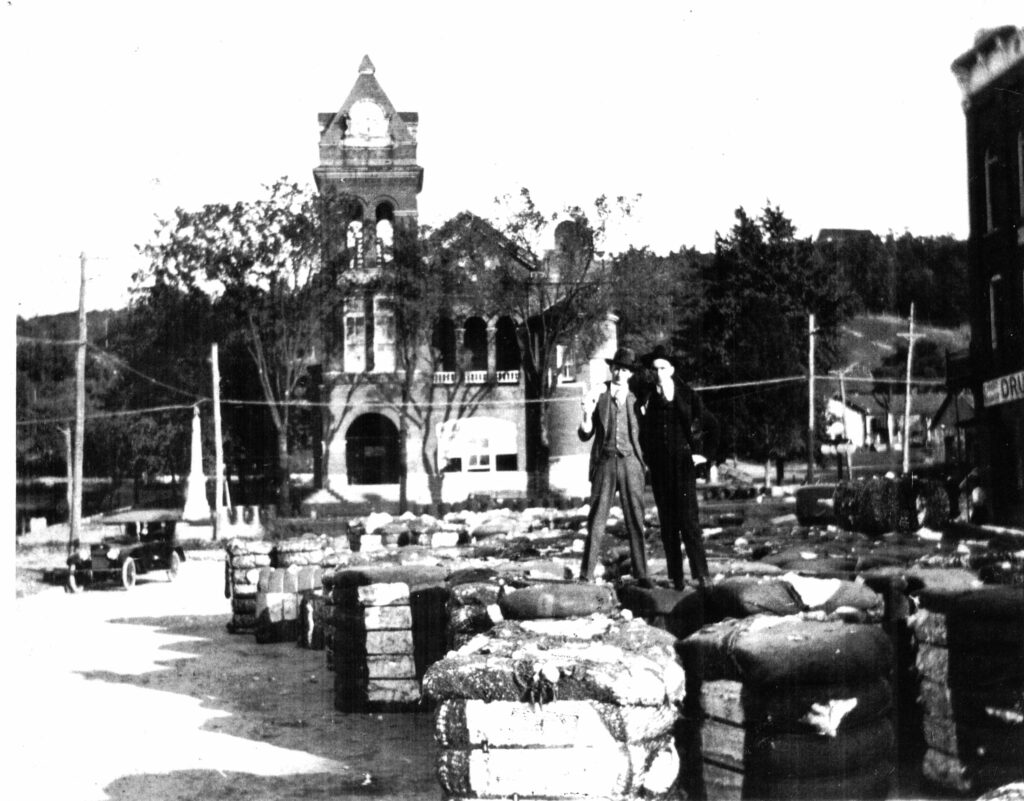
The public educational system was begun in 1902, as was the Calhoun Woman’s Club, an organization that sponsored the first public women’s rest room in the park, founded the public library, and is still instrumental in many civic improvements. Calhoun High School was named a Georgia School of Excellence in 1998, and Calhoun Middle School was thus named in 2001. Classes began in 1997 at the Gordon County campus of Coosa Valley Technical College (later Georgia Northwestern Technical College) in Calhoun.
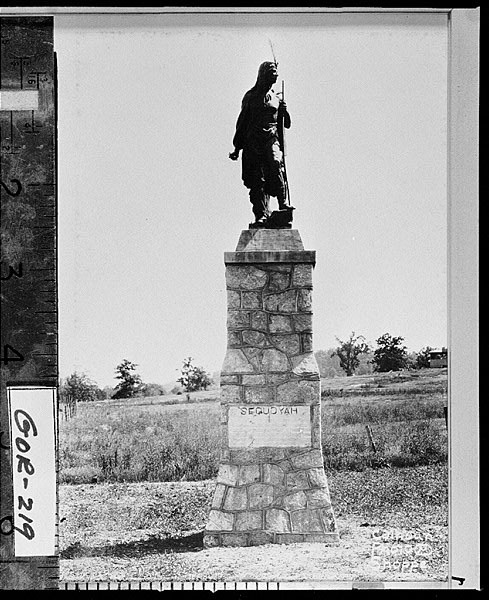
Facilities available to citizens of Calhoun and Gordon County include the town library, an arts center, recreation areas, nearby wildlife management areas, two public eighteen-hole golf courses, the Cherokee Capital Fair, and the Gem Theater.
The population of Calhoun in 2020 was 17,743, of which approximately 78 percent was white, nearly 6 percent African American, and 16 percent other.
The Harris Arts Center, which opened in 2000 in the converted 1930s Rooker Hotel, is a good example of adaptive use in Calhoun’s downtown. The center houses an art gallery, classrooms, studios, and the Roland Hayes Museum, which honors the classical music career of Roland Hayes, a Gordon County African American tenor who achieved world renown in the early twentieth century. Adjacent to the center is a performing arts center with black-box theater. The Clarence E. Harris Foundation and the Milton M. Ratner Foundation support the arts center and provide many other amenities for the city and surrounding area.
To the east the southern extremities of the Blue Ridge Mountains and to the west Horn and Johns mountains border Calhoun. Within the city, foothills of those mountains form Boulevard Heights and Mount Alto. As Ernest Neal, a Calhoun resident and Georgia’s poet laureate in 1927, wrote in 1920 of his beloved adopted town:
Nestling 'mong mountains,
Sparkling with fountains,
Beautiful city Calhoun!


